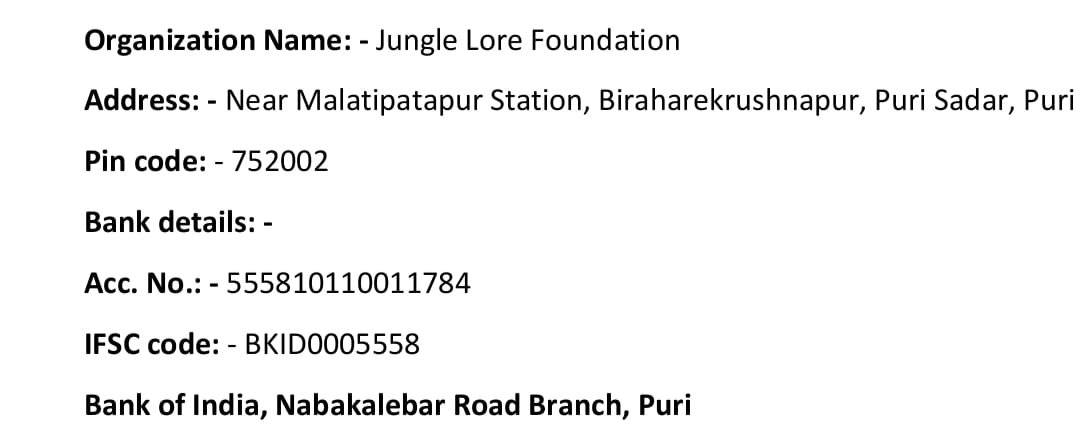BURMESE PYTHON
 BURMESE PYTHON Wetlands for global importance
BURMESE PYTHON Wetlands for global importance
Taxonomic Status
Python bivittatus was recently recognized as a full species (Jacobs et al. 2009), having previously been considered a subspecies of P. molurus. The subspecies P. b. progschaihas been erected to describe populations from Sulawesi (Jacobs et al. 2009).


Justification:
The Burmese Python is a widely distributed species found throughout Southeast Asia, with evidence of extensive and widespread population declines. Neither generation length nor the scale of declines throughout this snake’s global range are well-known, however, it has been listed as Critically Endangered in two major areas within its range due to localized declines greater than 80% over a ten-year period, and exhibits apparently high but unquantified rates of decline throughout its distribution. This snake is conservatively estimated to have declined by at least 30% over the past ten years across its global range as a result of over-harvesting for a variety of uses, to some extent compounded by the effects of habitat loss, and with the drivers of this decline not having ceased. It is therefore listed as Vulnerable.
Habitat Ecology
The Burmese Python is mostly found in forested areas, including mangrove forests and rainforests, but is also found in grasslands, marshes, streams and river. It is found in wet rocky areas near streams and pools, large rotting logs, large burrows, caves, crevices and old and ruined structures. It has been found inside villages, outside houses, in some parts of Puri, Odisha. It is a good climber and an expert swimmer. It is more nocturnal than diurnal. It feeds on small to large mammals, birds, reptiles and amphibians, preferring to mostly feed on mammals. Breeding occurs in India between December to February after which larger females lay between 80-100 eggs in the months of March and June (Daniel 2002, Whitaker and Captain 2004).
Major Threats
This species is under threat due to illegal trade; in China it has been heavily impacted by overexploitation for food and skins, the latter for use both in leather and in traditional musical instruments such as Erheen, Sanxian and hand drums (CITES 2011).
Habitat degradation through slash and burn agriculture in upland areas (Q.T. Nguyen pers. comm. August 2011) may pose a risk by eliminating this snake’s prey and making it more vulnerable. Other major threats are wetland loss, fear among locals, over fishing and developmental activities
Conservation Actions
- Conducted numbers of awareness campaigns in local community, academies across the habitats.
- Through several interactions tried letting to the forest department know about the urgency of conservation.
- Compensation efforts to mitigate fisherman-Burmese Python conflict.
- Removed many snares out of wetland areas.
- Discussions with forest department regarding the problems of degradation of habitat.
- Posters and banners for more awareness campaigns in the habitat.
- Rescued and successfully released numbers of Burmese Pythons in the same habitat.
- Motivating local snake handlers to emphasize Burmese Python on priority basis.

